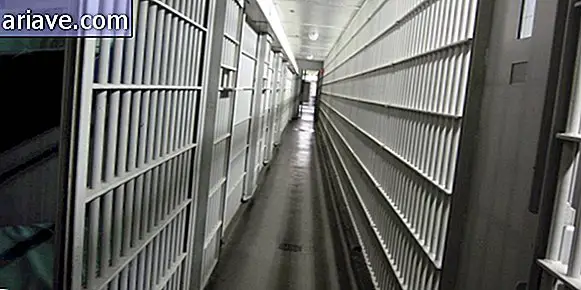Nuclear fusion: new test record brings us closer to this technology
You may have heard about nuclear fusion, right? Although the name sounds somewhat "dangerous, " this technology has absolutely nothing to do with atomic explosions or wars and is focused on the promise of a future in which humanity can have a clean and renewable unlimited source of energy.
That's because the methods we use today to get energy - such as burning fossil fuels, capturing solar energy, wind power, and so on. - are not what we can call superefficients. Therefore, it is vitally important to find a way out of the energy issue, and one option would be nuclear fusion.
If you want to find out all about this option and where your development stands, we at Mega Curioso strongly recommend that you watch the following animation produced by the folks at Kurzgesagt YouTube. Anyway, basically, what scientists hope to achieve with nuclear fusion is to replicate here on Earth the same thermonuclear reactions that happen in the sun.
Challenge: Recreate the Sun on Earth
As you have seen above, while the potential for nuclear fusion is immense, the challenges involved in developing this technology are equally huge. That's because, according to the animation, in the case of the sun, the reactions involved are a process in which atoms become so overheated that they lose their electrons - leaving their nuclei to pop freely in a plasma.

So when these cores reach temperatures around 14 million degrees Celsius, they fuse and release an extraordinary amount of energy. In our star, these thermonuclear reactions occur thanks to their enormous mass, which in turn generates immense pressure and very high temperatures in the center of the sun.
Because the challenge for scientists here on Earth is to replicate these same conditions, that is, they need to find a way to create a “mini sun”, as it were, inside a power plant, and to find a way to store the energy obtained through of reactions. Difficult? Extremely! However, there are several scientists working hard - and making important advances in the development of nuclear fusion.
Awesome Tests
In early December, a research team released the results of some very promising tests with a nuclear fusion reactor called Wendelstein 7-X. This experimental device was built in Greifswald, Germany, by the staff of the Max Planck Institute, and works from the use of superpowered magnetic fields to confine fusion fuel plasma.

The reactor took about a decade to build - costing a meager 1 billion euros - and although the W7-X has undergone some tests since it went live last year, recent experiments have confirmed that the device It operates well.
More precisely, scientists have attested that, with respect to project expectations, the reactor has an error rate of less than 0.001%. Translating: Tests have shown that the W7-X is capable of producing very high quality magnetic fields as anticipated by the project. Phew ... But the good news related to advances in nuclear fusion doesn't stop there!
Nuclear record holder
One of the biggest difficulties in achieving thermonuclear reactions is precisely to keep the plasma (overheated) in the ideal state for energy generation long enough. And tests conducted recently with Korea Superconducting Tokamak Advanced Research's KSTAR, a reactor built in Daejeon, South Korea, were able to keep the plasma “clinking” for a record 70-second interval.

It may seem that this period of just over a minute is nothing, but you cannot imagine the challenge that this feat entailed. To begin with, the team employed non-inductive mode to achieve plasma state (with temperatures up to 300 million degrees Celsius!) And used rotating three-dimensional fields to lower the temperature in areas of the reactor in contact with plasma heat.
In addition, the team has developed a new mode of operation that will allow thermonuclear reactions to occur at higher pressures and lower temperatures - that is, more efficiently - in the future. Of course, we are still very, very far from producing energy through large-scale nuclear fusion.

However, these extraordinary results indicate that scientists may be on the right track to recreate a small sun here on Earth and establish an unlimited energy source that poses no risk to humans or our planet.











